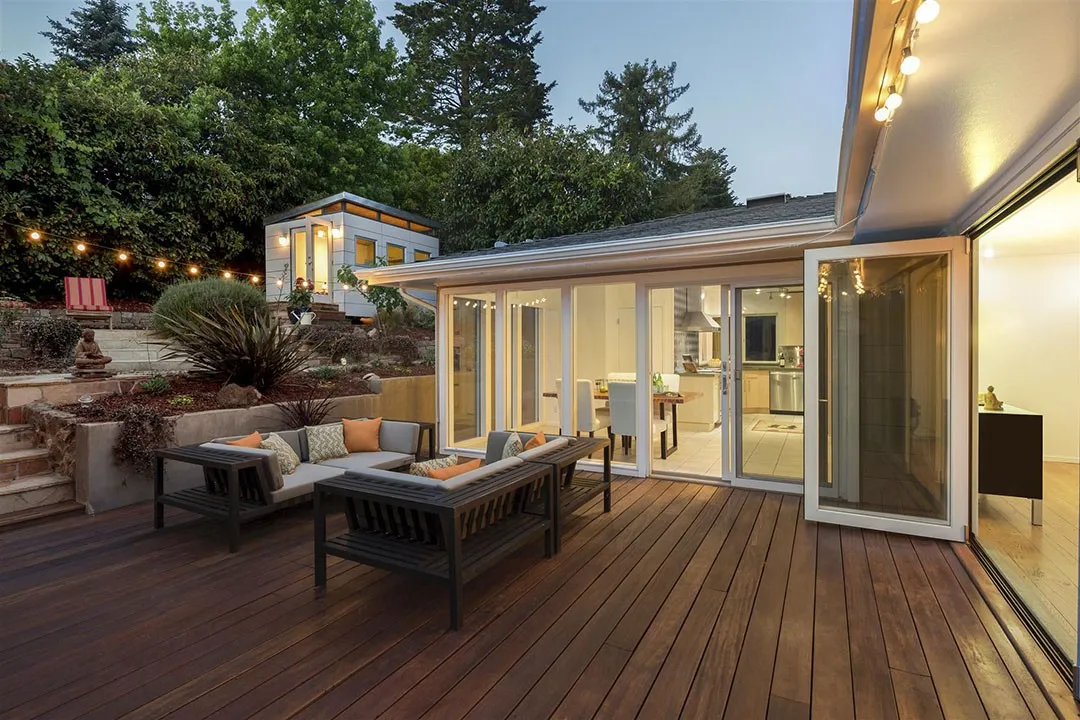
Creative Color Wheel Ideas to Transform Your Home
Creative Color Wheel Ideas to Transform Your Home
Unlocking the Power of Color: Ideas That Work

Choosing the right colors for your home can feel overwhelming. With so many shades and combinations, it’s easy to second-guess every decision. But the good news is that there’s aa tool in the process: the color wheel. Whether you're air a calm, cairing vibe or a bold, energetic feel, understanding how colors work together makes all the difference.
Looking Beyond the Basics: How Colors Speak to Each Other
- Temperature Pairing: Instead of focusing only on warm or cool tones, try blending them thoughtfully. A cool blue room with warm beige accents creates an inviting yet fresh balance.
- Depth Control: Darker shades recede, making a space feel more intimate, while lighter hues open things up. Depending on your needs, you can play with this effect to make rooms feel larger or cozier.
- Contrast That Works: High contrast can energize a space, while low contrast brings harmony. Pair deep greens with soft neutrals for a striking but balanced effect.
Using the Color Wheel in Unexpected Places
1. Ceilings That Make a Statement
Have you ever considered the ceiling as your accent wall? Instead of traditional white, try using the color wheel to find a hue that complements your walls without overpowering the room. A soft lavender ceiling over light gray walls creates an airy, elegant feel.
2. Floor-to-Ceiling Flow
Extend your color choices to the floor by coordinating rugs, tile, or even hardwood stains that fit within the same color family. If your walls are a deep navy, a subtle slate-colored floor adds a touch of sophistication without clashing.
3. Accent Furniture Coordination
The color wheel isn't just for paint. Use it to guide choices for statement pieces like couches or shelving units. Pairing a burnt orange accent chair with muted blue walls? That’s a complementary color match that feels bold yet cohesive.
4. Front Door Charm
Your front door is the first impression—why not make it pop? Using the color wheel to select a complementary or analogous shade ensures it stands out without feeling out of place. A deep teal door with creamy white siding? Perfection.
Breaking the Rules (The Right Way)
- Muted vs. Vibrant: Pairing a muted, vibrant tone can create a unique, layered look. A dusty rose with a lively mustard yellow might not be a textbook match, but it works beautifully.
- Tonal Variations: Instead of using contrasting colors, stick with different shades of the same hue. A room painted in various shades of green, from sage to forest, can feel sophisticated and grounded.
- Pattern Play: Introducing patterns that blend multiple colors can tie an entire space together, even if the shades don’t traditionally align on the color wheel.
The "Feel" Factor: How to Choose the Right Colors for Your Space
- Energizing & Social? Go for warm tones like coral, terracotta, or sunshine yellow.
- Calm & Relaxed? Blues, greens, and soft neutrals create a peaceful environment.
- Sophisticated and elegant, deep, rich colors like navy, charcoal, and jewel tones add a touch of luxury.
A Simple Trick to Test Colors Without Commitment
1. Grab Some Sample Swatches: Tape them to different walls and observe them throughout the day. Colors change with the light, so give them time to settle in.
2. Try Peel-and-Stick Samples. Many paint brands now offer removable color samples. You can stick them up, live with them for a week, and see how they feel.
3. Focus on One Room at a Time: Start with a single room instead of tackling the entire house. This will help you refine your color preferences gradually.
Ready to Bring Your Vision to Life?
Do you need expert painters to do the job? At North Pacific Painting, we’ve been helping homeowners for over 15 years, turning their color dreams into reality—one brushstroke at a time.

